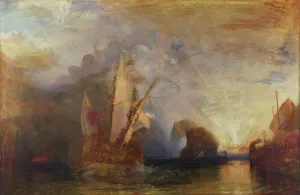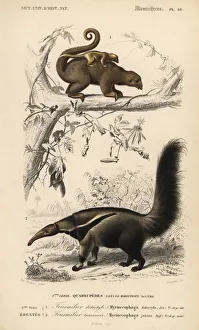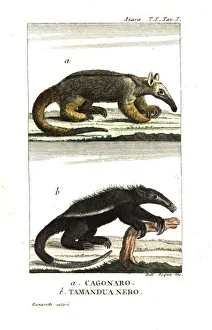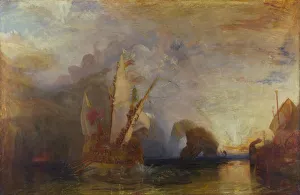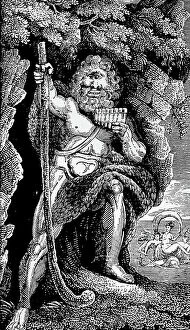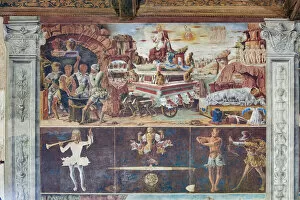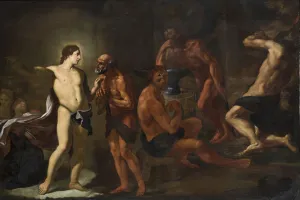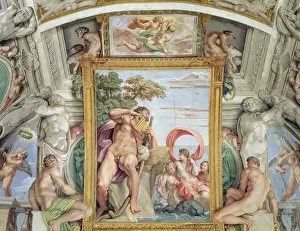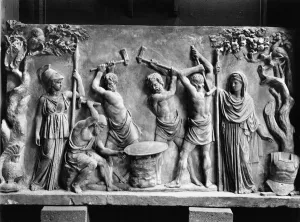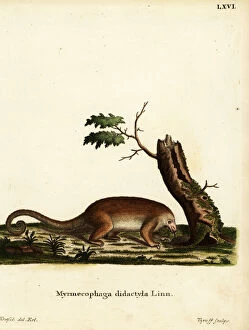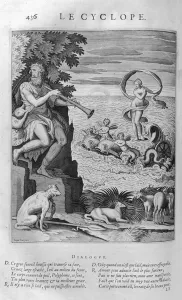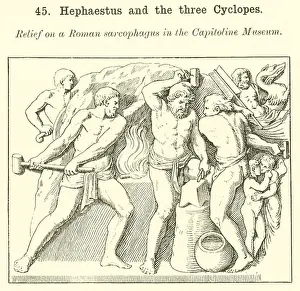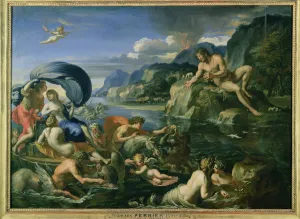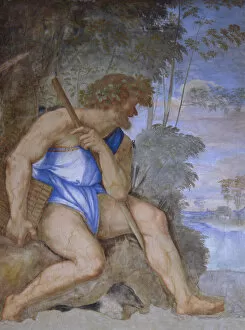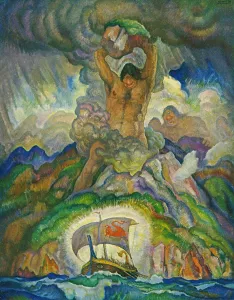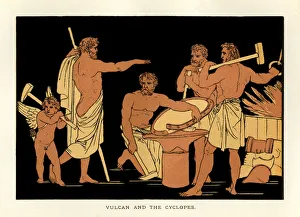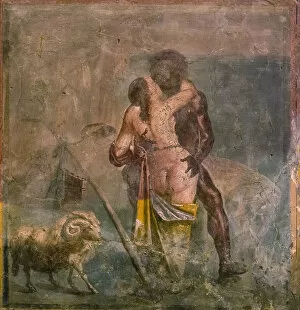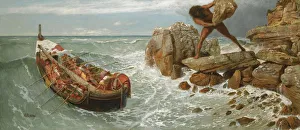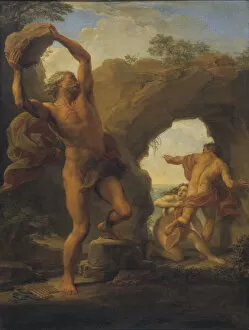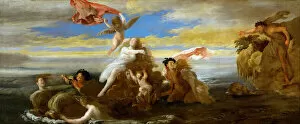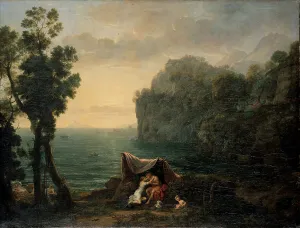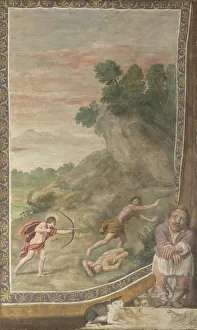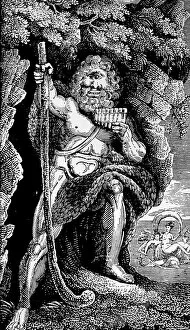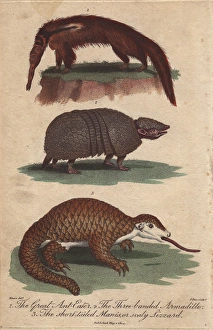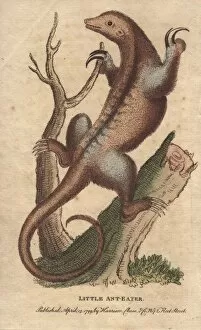Cyclopes Collection
"Cyclopes: Mythical Giants and Enigmatic Creatures" In the realm of ancient mythology, They have captivated our imagination for centuries
All Professionally Made to Order for Quick Shipping
"Cyclopes: Mythical Giants and Enigmatic Creatures" In the realm of ancient mythology, They have captivated our imagination for centuries. From Ulysses Deriding Polyphemus to Apollo in the forge of Vulcan, these one-eyed giants have left an indelible mark on art and literature. One such masterpiece is Joseph Mallord William Turner's "Ulysses Deriding Polyphemus" painted in 1829. The oil on canvas depicts the cunning Odysseus taunting the mighty Cyclops, showcasing their epic clash of wits and strength. But it's not just in paintings that we find references to these fascinating creatures. In a mosaic from the 3rd-4th century, we see Odysseus offering wine to Polyphemus, highlighting their encounter during his perilous journey back home. The influence extends beyond classical tales as well. In Vulcanos Forge fresco, we witness Hephaestus and Cyclopes forging Achilles' shield while Libra and its three decans adorn the background - a celestial connection with these mythical beings. Even nature has its own version of cyclopean wonders. Meet Silky anteater or pygmy anteater (Cyclopes didactylus), a small creature known for its silky fur and unique physical features reminiscent of those legendary giants. As we delve into history's rich tapestry, it becomes clear that they can more than mere figments of imagination; they embody power, mystery, and creativity. Whether depicted in lithographs or marble sculptures like Hephaestus and Cyclopes forging Achilles' shield or seen within Carracci Hall's intricate details—Polyphemus alongside Galatea—they continue to fascinate us with their enigmatic presence.

